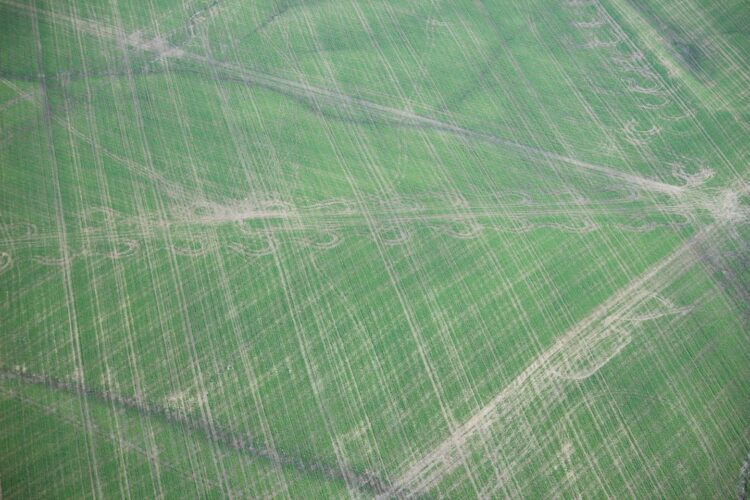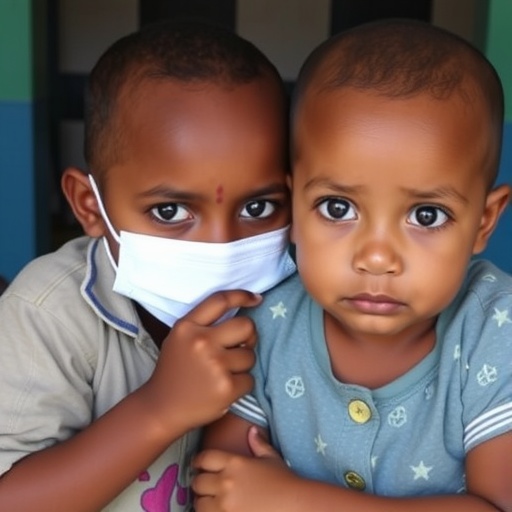
Credit: Jodi DeJong-Hughes
Excessively wet field conditions at harvest throughout the North Central and upper Midwest regions resulted in many fields with deep wheel-traffic compaction as evident by deep ruts from combines and grain wagons. Although this is a common occurrence during years with excessive moisture at harvest, the subsequent economic costs are rarely, if ever, projected for large regions.
In an article recently published in Agricultural & Environmental Letters, researchers review the scientific literature on the persistence and quantity of yield reductions due to deep wheel-traffic compaction and then project the state-level economic costs to farmers that may be expect for the upcoming 2020 and 2021 crops in North Dakota and Minnesota.
The researchers estimate a median of 21% yield reduction to the upcoming 2020 and 2021 corn and soybean crops on lands impacted by deep wheel-traffic compaction during the 2019 harvest. Based on these reductions, they project a minimum economic cost of $587 million USD to farmers for every 10% of lands that were compacted during harvest. Moreover, the actual land area may extend up to 30%, resulting in a range of $0-to-$1.76 billion USD of actual costs to North Dakota and Minnesota farmers.
The findings have implications for government policies incentivizing conservation practices, such as diversified crop rotations and inter-seeding cover crops, to either reduce the occurrence of field traffic on wet soils or promote drier soils at harvest.
###
Adapted from Daigh, ALM, DeJong-Hughes, J, Acharya, U. Projections of Yield Losses and Economic Costs Following Deep Wheel-traffic Compaction During the 2019 Harvest. Agric Environ Lett. 2020.
Media Contact
Rachel Schutte
[email protected]
Related Journal Article
http://dx.





